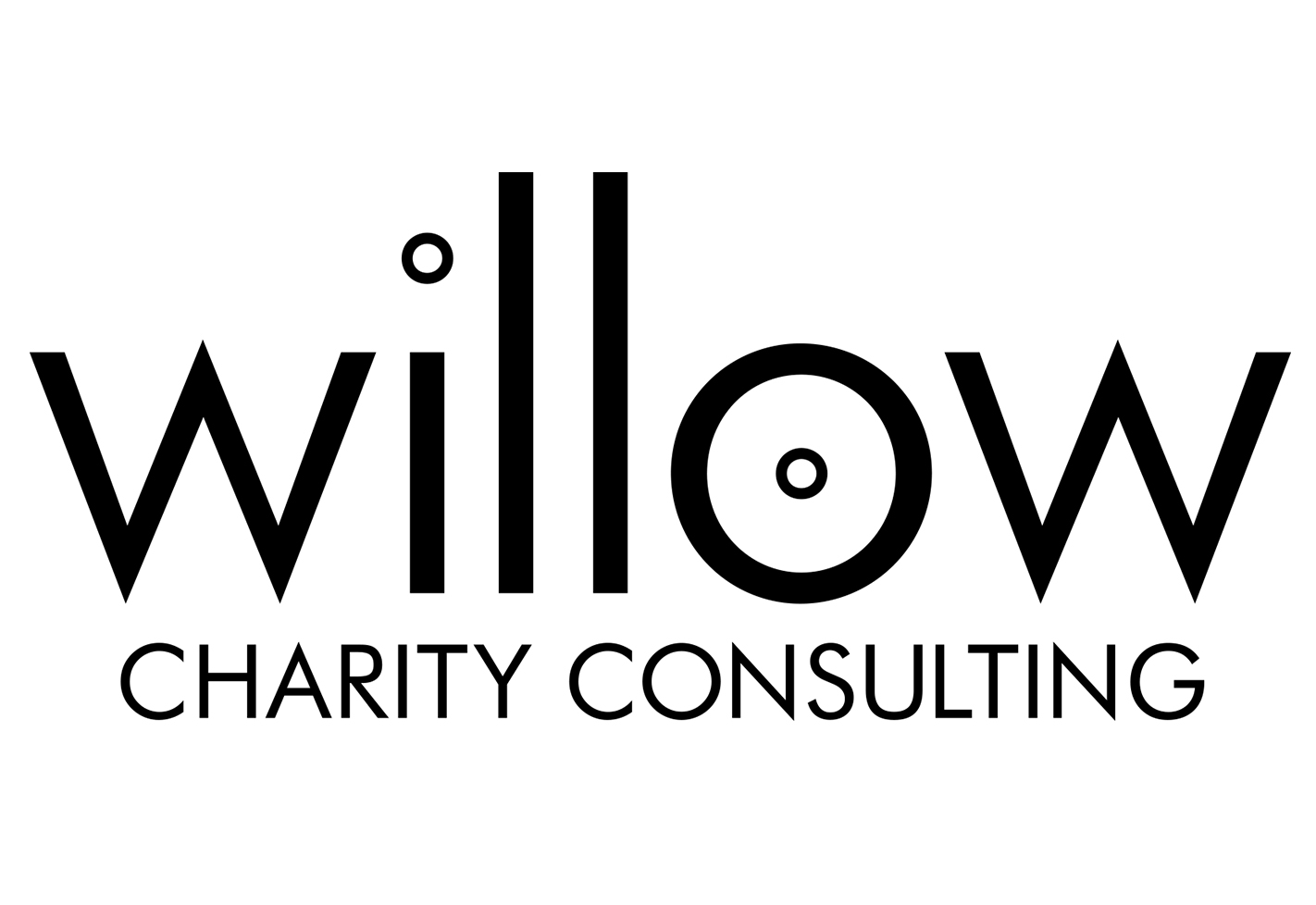Your charity’s governing document, or constitution, sets out your charity’s legal existence. But how well do you know what it says, and what that means for your charity?
Understanding your governing document may not always be straightforward. If you’re lucky, it may be a recent constitution based closely on the Charity Commission’s templates, which are clear and easy to understand. Or, it may be a deed from the 19th century, written in confusing legal language and incorporating layers of complex updates over the years.
The important thing to remember is that your governing document sets out what your charity exists to do, and what powers it has. It sets the rules around your trustees and members, as well as how decisions must be made. Making sure you meet those standards is important as they affect the validity of the decisions your charity makes.
Trustees should be given a copy of the governing document as part of their induction pack but, in some cases, engagement with the document ends there. My work with small-to-medium charities has highlighted that the central importance of the governing document can sometimes be forgotten over time. Five of the most common problems are explored below.
Five common governing document mistakes
(1) The charity has changed its work without changing its objects
The work of a charity is likely to change over time, so it is crucial that the charity’s objects are kept up to date. If a charity’s work has expanded beyond its objects, but the charity’s objects have not been amended, Trustees risk liability for anything falling outside this.
(2) The charity has not met the requirements for changing its objects
Changing your objects requires the approval of the Charity Commission as well as whatever requirements are set out in your governing document. This may include gaining the approval of your members, or presenting the changes at a properly-constituted Annual General Meeting. If you haven’t met the requirements, or haven’t sought Charity Commission approval, it is likely that the old objects will remain in force. If your activities have expanded beyond your objects, you’re back to situation (1) above.
(3) The charity hasn’t kept up to date with member records and meetings
Your governing document will set out whether you have members and who they are. In some charities, they will be the same people as your Trustees. In others, they will be different, or they may overlap. Charities need to remember that these different hats require different standards for meetings and records, even if they are the same people. If your ‘members’ need to approve your accounts or a change to your objects, this must be raised at a members meeting, such as your Annual General Meeting, rather than a Board meeting. If your Trustees and members are the same, you need to keep two sets of records. If a Trustee is stepping down as a Trustee, you need to ensure that they also resign as a member, and the same applies for appointments. Keeping a member register is also usually required, so you must make sure you keep this up to date, and invite all members to your AGM.
It might seem pedantic to go on about this kind of thing but, if you don’t follow these requirements, you can find yourself in a messy fix later when you realise that you haven’t met the requirements for passing motions, approving accounts or changing your governing document. It happens!
(4) The charity is not meeting the appointment limits and rules for Trustees
The governing document will often set out appointment limits for Trustees, as well as limits on reappointments, including for extensions only in specific circumstances. If these periods are defined, Trustees must stand down when they come to an end. Failing to meet these rules could leave you open to challenge or a complaint to the Charity Commission.
(5) The charity is not meeting the requirements for calling Trustee meetings
Many charities have moved to calling meetings electronically – it’s convenient, swift and free. Many older constitutions, however, do not provide for this, which can affect the legitimacy of decisions made at such meetings. Changing these rules are fairly simple and straightforward, so it is worth checking if your charity has this power, and introducing it if it doesn’t.
Get checking!
If you aren’t sure about whether your governing document is being followed, it is time to take action. Track it down, read it carefully, and get outside help if you need it.
If you would like to ensure you are meeting the standards set by your governing document, need help updating your objects, reviewing your governing document or ensuring that you are meeting best practice, please get in touch for a no-obligation quote to meet your needs. See here for more information.

